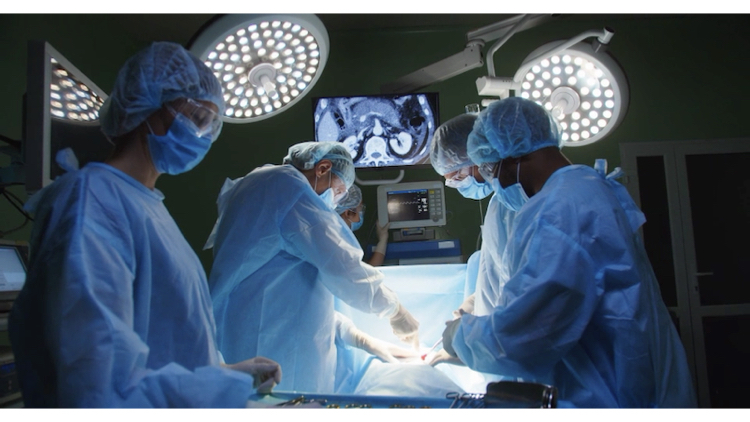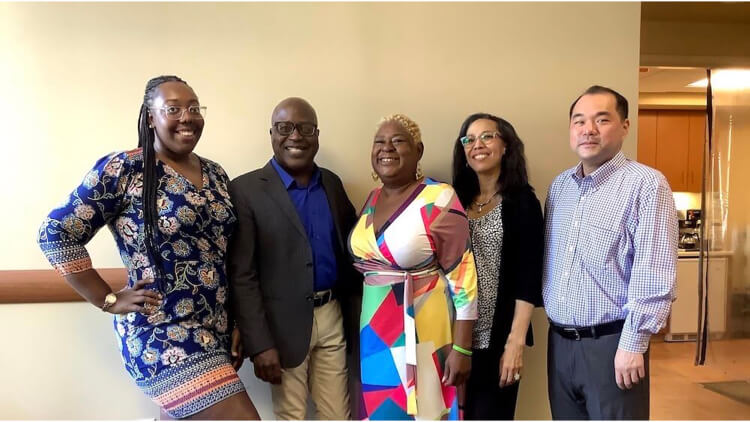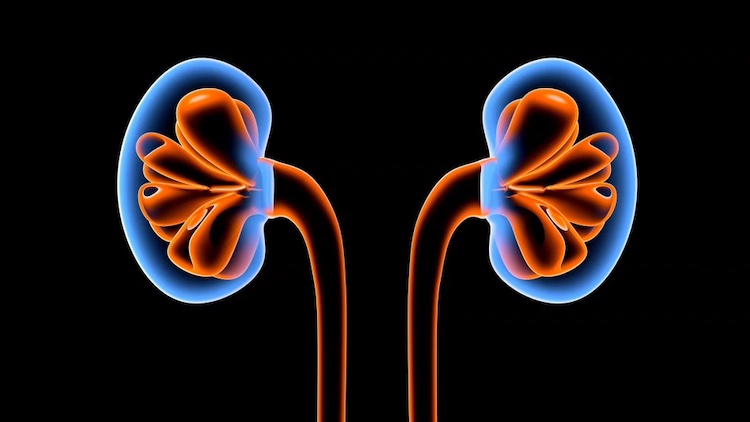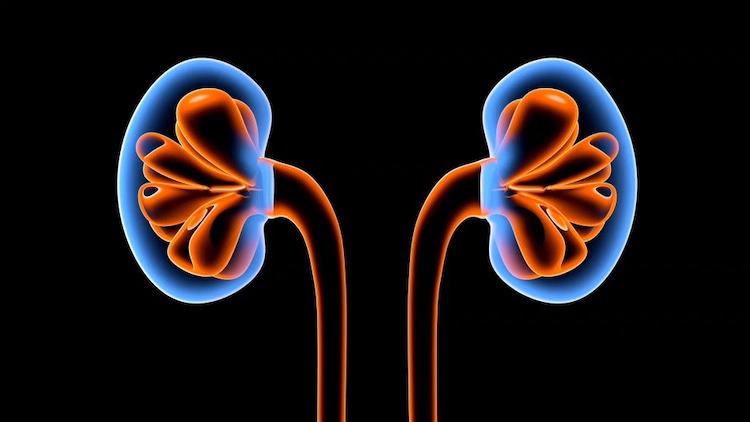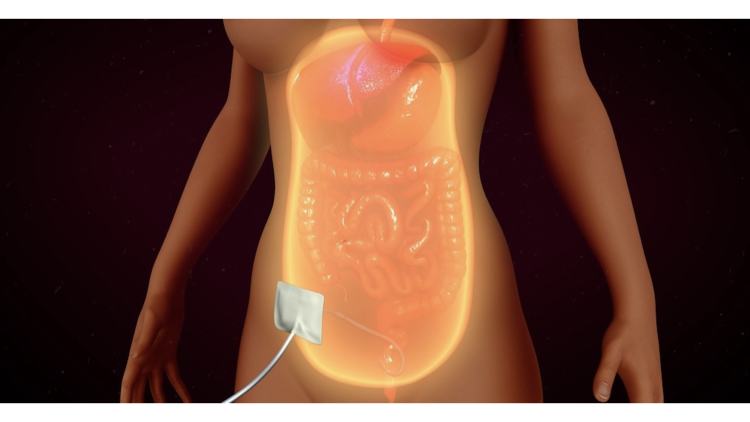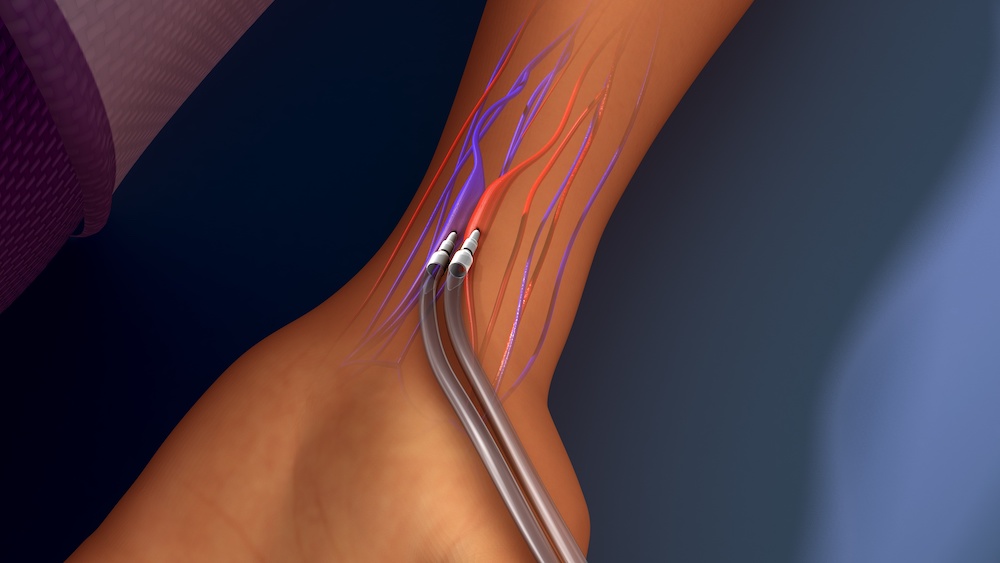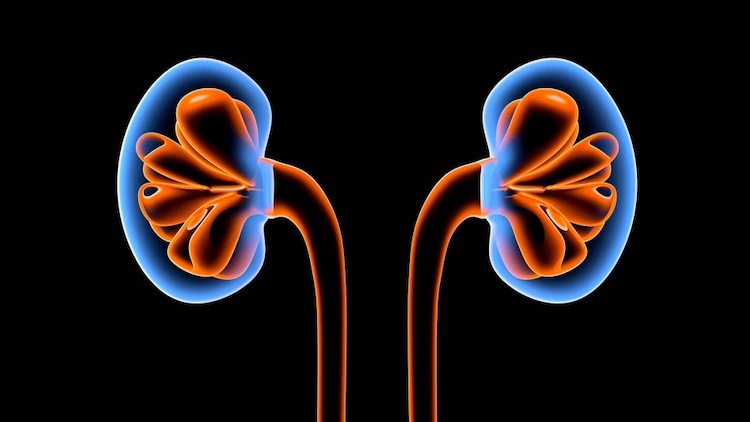Loading...
Whether you want a kidney transplant or not is entirely up to you. A transplant can be the greatest of all experiences along your kidney journey, but there can be some bumps, detours and even scary times along the way. Getting transplanted will require determination and discipline on your part, and support from family and friends. Remember, transplant is not a cure for kidney disease. It is a treatment option, which requires dedication and organization.
Decide which transplant center is right for you – multilist to shorten your wait time. Our presentation, "Wellness Ambassador Tranplant Questions Top 10" helps you learn more about choosing a transplant center and how to multilist.
Call and make your appointment – (Your first appointment may take several hours and may be scheduled weeks or more away)
- Ask about parking fees and validation
- Ask how long is the visit
- Ask what information will you need
- Ask if you can bring someone
- You may want to bring a snack
- Bring all your meds and insurance cards
- Be sure to be aware of any recent or prior vaccinations
- Be on time and dress comfortably, you may have to walk
During the first visit you should see the:
- Transplant Nephrologist
- Transplant Coordinator
- Social Worker
- Financial Coordinator
- Transplant Surgeon
- Psychiatrist (for living donors)
- Some programs may require you to see a:
- Pharmacist
- Dietitian
Whew! Long day, and you are not listed yet! You will be scheduled for a comprehensive examination and tests including:
- Lots of bloodwork
- Chest X-ray
- EKG
- Cardiac clearance
- Colonoscopy
- MRI
- Pap smear and mammogram (For Women)
- Prostate exam (for men)
- Any other tests the transplant team deems necessary
These tests probably will take weeks to several months to complete. Your transplant coordinator may schedule them for you, or you may be responsible to schedule them yourself. Don’t get discouraged. Just get it done! You will not be considered active on the list until you receive clearance from all tests.
Service Stop: You must make sure you complete everything listed under "First Visit" or this will be the end of the line for you. You must also follow-up with your Transplant Coordinator to make sure you are listed and schedule a reconnect time frame.
Wait to hear from your transplant coordinator. They will inform you if you are active on the list by phone and by letter. You are not active on the transplant list until you hear it verbally from your transplant coordinator and receive a letter. Call your coordinator if you don't hear from them by an agreed upon time frame.
Congratulations! You did it! You are active on the list! It can be anywhere from a few weeks to a few years before you are called for your transplant. Be patient, don't get discouraged, and keep yourself healthy while you wait. It is also important for you not to skip your dialysis treatments, and to keep all necessary clinic and doctor's visits. After one year, you may have to repeat some of these diagnostic tests again.
While you wait:
- Give your transplant coordinator a call from time to time, to see how things are going. Keep it brief, just check in yearly.
- Make sure your transplant labs are being collected monthly. If your labs are not received regularly, you will no longer be considered active on the transplant list.
Final stop! End of the Line! You have received your transplant!! Learn more about Transplant, Post Transplant, Transplant Nutrition and a healthy Kidney Diet, including our Kidney Diet app, to help you protect your transplanted kidney.
A soft tube, called a catheter, the dialysis access, is placed inside your belly, during an outpatient surgery, a few days to a few weeks before starting PD.
Training for PD is two or more weeks, with some people requiring less time. A family member or care partner can attend training sessions.
To start, you will perform manual PD also called Continuous Ambulatory Peritoneal Dialysis (CAPD). Sterile fluid (dialysate) is placed into the abdominal space, stays (dwells) for four to six hours, and then is drained. Each cycle, including fluid running in, dwelling, and draining is called an exchange and is repeated 4 times a day.
Automated Peritoneal Dialysis (APD) uses a machine to do the exchanges while you sleep. After a period of time performing CAPD, you can be evaluated to use APD. The APD machine is user-friendly.
Learn more about Peritoneal Dialysis. Talk to your care team if you would like to transfer to another treatment line or if you would like to start the process for a Transplant.
An out-patient surgery is performed to create the access for your connection to the machine before beginning home hemodialysis. You may have a temporary access while your permanent connection matures.
Once the access is mature (ready to use), typically 6-8 weeks, training can begin to insert needles and do your own hemodialysis at home. Training for HHD can be approximately 4-6 weeks.
HHD is done 4 or more days/week, depending on what your physician determines is best for you. Longer and more frequent dialysis is gentler on the body.
The home dialysis machines are user-friendly and some can be taken with you so you can perform your own treatments when you travel.
A family member or care provider can attend training sessions.
Rogosin has remote monitoring for people using home hemodialysis alone or dialyzing at night.
Learn more about Home Hemodialysis, Nutrition and a healthy Kidney Diet, including our Kidney Diet app. Talk to your care team if you would like to transfer to another treatment line or if you would like to start the process for a Transplant.
An out-patient surgery is performed to create the access for your connection to the machine. You may have a temporary access while your permanent connection matures.
Once the access is mature (ready to use), typically 6-8 weeks, your dialysis treatments will begin.
You will be required to go to the dialysis center generally 3 times a week – on a schedule of Monday, Wednesday and Friday or Tuesday, Thursday and Saturday – for approximately 3-5 hours per treatment session.
It is very important for you to be on time for your treatment and to go to each of your scheduled dialysis treatments in order for you to feel your best.
When you arrive at the dialysis center, you will be required to weigh yourself before each treatment, provide that number to the nurse and wash your access.
Facility staff will monitor your blood pressure and vital signs as required, and connect and disconnect you from the dialysis machine.
Your dietitian will counsel you on food choices and what is best for your individual allowances and needs. Be sure to ask any questions you may have about the foods you can and cannot eat, especially if you have diabetes or a heart condition.
Learn more about Hemodialysis, Nutrition and a healthy Kidney Diet, including our Kidney Diet app. Talk to your care team if you would like to transfer to another treatment line or if you would like to start the process for a Transplant.
Kidney Transit Lines
If you want to learn more about your kidney treatment options, you may find our Kidney Transit Lines an easy way to visualize your treatment options. Your care team will evaluate your overall health as well as where you are with your kidney disease. If you still have some kidney function and you have a donor, you may be eligible for a pre-emptive transplant and avoid dialysis altogether. In this case, you would follow the Kidney Transplant Line. If you need to begin a dialysis treatment option, the Peritoneal Dialysis, Home Hemodialysis and In-Center Lines will inform you of what to expect along the way. You also have the option of transferring to the Kidney Transplant Line at the end of the dialysis lines if you wish to get a transplant at any time.
Select Your Kidney Transit Line
Click on each red circle to learn more about the details of every stop along the way.
Tap each red circle to learn more about the details of every stop along the way.
Peritoneal
Dialysis

Placement
Peritoneal Dialysis (APD)
Home
Hemodialysis

Creation
In-Center
Hemodialysis

Creation
Kidney
Transplant

Central Stn
an Appointment
Coordinator Call
Transplant List
You Wait
Whether you want a kidney transplant or not is entirely up to you. A transplant can be the greatest of all experiences along your kidney journey, but there can be some bumps, detours and even scary times along the way. Getting transplanted will require determination and discipline on your part, and support from family and friends. Remember, transplant is not a cure for kidney disease. It is a treatment option, which requires dedication and organization.
Decide which transplant center is right for you – multilist to shorten your wait time. Our presentation, "Wellness Ambassador Tranplant Questions Top 10" helps you learn more about choosing a transplant center and how to multilist.
Call and make your appointment – (Your first appointment may take several hours and may be scheduled weeks or more away)
- Ask about parking fees and validation
- Ask how long is the visit
- Ask what information will you need
- Ask if you can bring someone
- You may want to bring a snack
- Bring all your meds and insurance cards
- Be sure to be aware of any recent or prior vaccinations
- Be on time and dress comfortably, you may have to walk
Service Stop: You must make sure you complete everything listed under First Visit or this will be the end of the line for you. You must also follow-up with your Transplant Coordinator to make sure you are listed.
Wait to hear from your transplant coordinator. They will inform you if you are active on the list by phone and by letter. You are not active on the transplant list until you hear it verbally from your transplant coordinator and receive a letter.
Congratulations! You did it! You are active on the list! It can be anywhere from a few weeks to a few years before you are called for your transplant. Be patient, don't get discouraged, and keep yourself healthy while you wait. It is also important for you not to skip your dialysis treatments, and to keep all necessary clinic and doctor's visits. After one year, you may have to repeat some of these diagnostic tests again.
While you wait:
- Give your transplant coordinator a call from time to time, to see how things are going. Keep it brief, just check in yearly.
- Make sure your transplant labs are being collected monthly. If your labs are not received regularly, you will no longer be considered active on the transplant list.
Final stop! End of the Line! You have received your transplant!! Learn more about:
Transplant
Post Transplant
Transplant Nutrition, and and a healthy
Kidney Diet, including our
Kidney Diet app, to help you protect your transplanted kidney.
Schedule a virtual visit with a Wellness Ambassador here.





